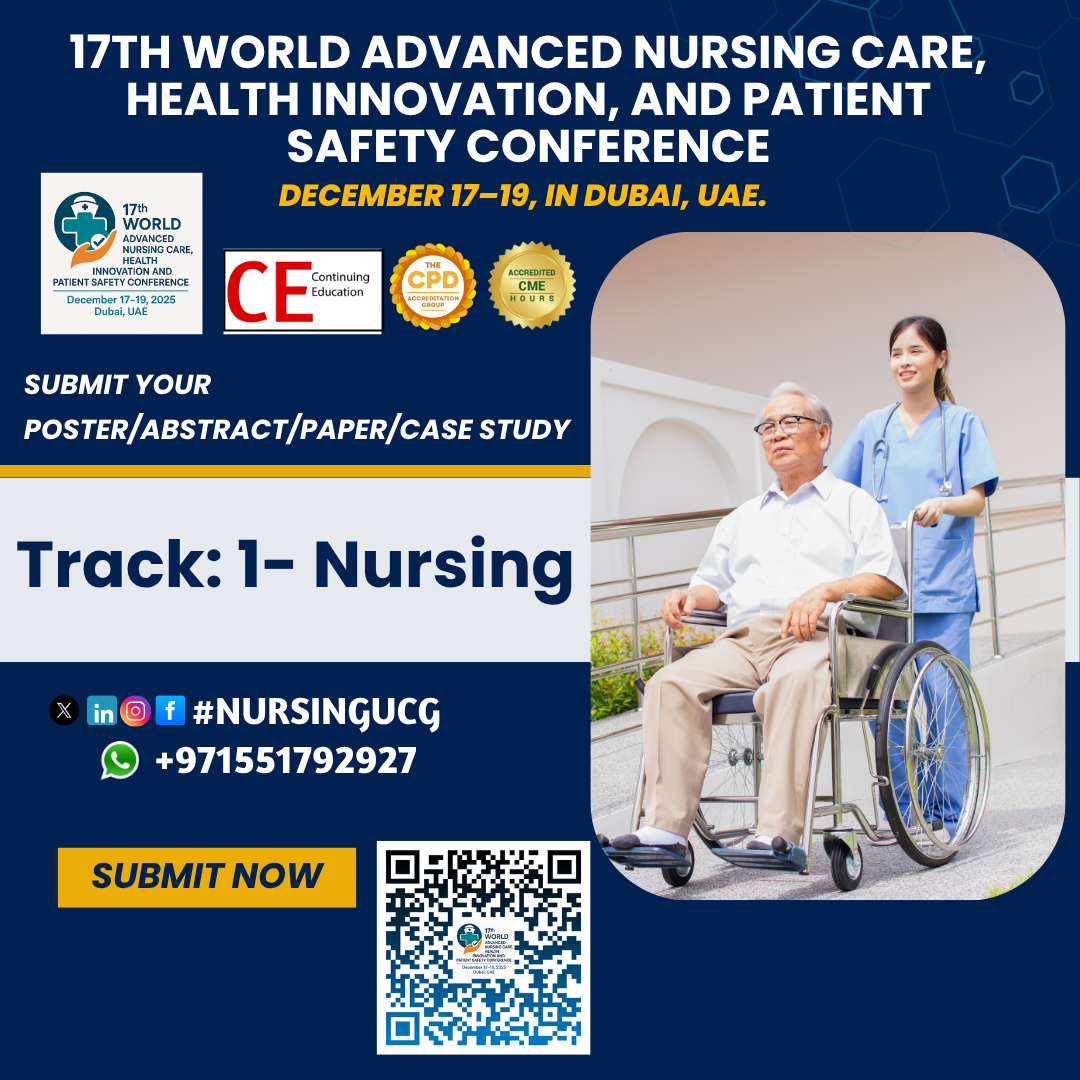



Sub Topics: Nursing, Ambulatory, Burn care, Camp or school, Diabetes care,...


Physical trauma refers to injuries or damage to the body caused by external forces, ranging from minor sprains to severe injuries such as fractures or traumatic brain injuries. The approach to recovery depends on the type and severity of the trauma, requiring timely critical care and a coordinated rehabilitation plan.
Soft Tissue Injuries
Sprains: Ligament stretching or tearing.
Strains: Muscle or tendon stretching or tearing.
Contusions: Bruises caused by direct impact.
Fractures and Dislocations
Fractures: Breaks or cracks in bones.
Dislocations: Joints displaced from their normal alignment.
Head and Spinal Injuries
Concussions: Mild traumatic brain injuries from impacts.
Spinal Cord Injuries: Damage affecting movement and sensation.
Internal Injuries
Organ Damage: Injuries to organs such as liver or spleen.
Hemorrhages: Internal bleeding from damaged vessels.
Burns
First-Degree: Affecting the outer skin layer.
Second-Degree: Affecting outer and underlying skin layers.
Third-Degree: Extending through all skin layers, potentially harming deeper tissues.
Immediate Care
First Aid: Stabilizing injuries with ice, immobilization, or CPR when necessary.
Emergency Medical Treatment: Rapid assessment and intervention to prevent complications.
Medical Treatment
Medications: Pain relief, anti-inflammatories, and antibiotics to manage symptoms and prevent infections.
Surgical Procedures: Repairing fractures, realigning dislocations, and treating internal injuries.
Rehabilitation
Physical Therapy: Restoring strength, flexibility, and function through targeted exercises like range of motion and strength training.
Occupational Therapy: Helping patients regain daily living and work skills using adaptive techniques.
Manual Therapy: Hands-on treatment to enhance mobility and reduce pain.
Functional Training: Exercises simulating daily activities to improve practical recovery.
Pain Management
Pharmacological: Prescription medications such as analgesics and muscle relaxants.
Complementary Therapies: Acupuncture, massage, and mindfulness to support pain relief.
Psychological Support
Counseling: Addressing emotional impacts such as anxiety and depression post-trauma.
Support Groups: Peer support to share experiences and coping strategies.
Lifestyle Adjustments
Nutrition: Balanced diet rich in protein, vitamins, and minerals to support healing.
Rest: Adequate sleep and downtime to promote recovery.
Long-Term Management
Follow-Up Care: Ongoing medical supervision to monitor healing and adjust treatments.
Chronic Condition Management: Adapting lifestyle and using assistive devices if permanent impairments occur.
Restore Function: Achieve maximum physical ability and independence.
Manage Pain: Reduce discomfort to improve quality of life.
Support Mental Health: Address psychological well-being throughout recovery.
Prevent Further Injury: Promote safety awareness and injury prevention techniques.
Effective management of physical trauma requires a multidisciplinary approach combining critical care, medical intervention, rehabilitation, pain management, and psychological support. This comprehensive care model maximizes recovery potential and helps individuals regain optimal health and function.